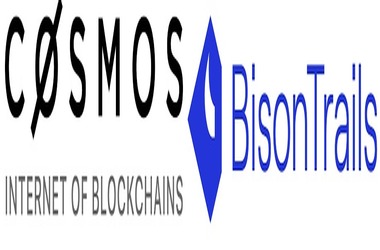
The company’s clients include cryptocurrency exchanges, custodians and funds, with Bison also assisting Web 3.0 apps link to blockchain info. The firm collaborated with Coinbase in January to provide services under the management of the US based exchange.
Clients of Bison can utilize the company’s framework for staking and assigning their tokens utilizing “participation clusters,” and get rewarded in the form of transaction charges and other payments for securing the Cosmos network.
Partaking clusters in Bison consists of two elements for improving safety of network, namely validator nodes deployed in a private network and “sentry nodes” that interact between public blockchain network and the validator nodes. Utilizing remote hardware security modules, clusters are employed, that guarantee non-interaction of private keys with the public internet. The announcement stated:
“The participation clusters themselves are architected to withstand attacks. The sentry nodes act as a layer of defense to the validator nodes, enabling them to stay hidden and private from the public internet, and mitigating the risk of DDoS and remote access attacks.”
Node services will also be provided by Bison Trails. That will include full QT nodes, archival nodes, and also support for light client.
Cosmos consists of a decentralized network of parallel blockchains functioning on open-source covenant, named Tendermint, facilitating intercommunication between parallel chains. In February, Cosmos rolled out its Inter-Blockchain communication Protocol (IBC), named Stargate, to paveway for interoperability between blockchains created utilizing Cosmos Software Development and other blockchain networks.
Excitement over Stargate protocol upgrade propelled ATOM, the native crypto of Cosmos, to all-time high of over $10 in early February. Following the protocol upgrade, ATOM hit a new historical high of $26 on February 18. ATOM has since lost about 35% of its peak value to trade at about $18.50.
